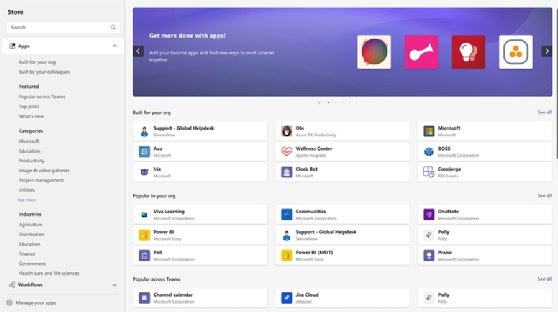
Getty Images/iStockphoto
Microsoft integration tightens bonds between Teams, Outlook
Microsoft's upcoming integration will add Teams' collaboration capabilities to the Outlook email client. The update should save time for corporate workers.
By the end of the year, Microsoft plans to let Outlook users access the Teams collaboration platform directly from the email client, a move that one industry expert said could lead to more streamlined business communications when using either product.
The company said the update, set for release in December, will reduce the need for employees to click between programs to do their work. Microsoft could merge Outlook and Teams further in the future, said Irwin Lazar, an analyst at research firm Metrigy.
"It probably makes sense for [Microsoft], longer term, to consolidate those apps," Lazar said. But to do that, the company will have to consolidate the products' capabilities without making the user interface overly complicated.
Outlook is the fourth-most-popular email client in the market, but Teams has grown sixfold during the last two years to 270 million users, according to a study by email marketing company Litmus Labs. Therefore, combining the two products merge Microsoft's key communication technologies as Teams draws users from Outlook.
A Metrigy survey of 476 companies found that email usage fell more than 23% as collaboration app use increased. "The rise of Teams, Slack, [Cisco] Webex and other messaging apps has certainly made a dent in email," Lazar said.
If Microsoft brought email into Teams, users could avoid clicking away to Outlook. That would let people move information from an email into a group chat. Google already gives chat a prominent place in a user's Gmail inbox.
Microsoft declined to comment on plans for Outlook and Teams.
Businesses want more consolidation between apps to make employees more productive by saving them time, said Connecting Software CEO Thomas Berndorfer. Connecting Software helps companies connect Teams to custom and legacy software.
"You can solve every problem with the apps you have on the market," but switching to a separate app to solve every problem leads to ridiculous complexity, he said.
Microsoft and its rival Zoom have increased the number of third-party apps that work within their collaboration platforms to broaden their respective user bases. Microsoft has redesigned the Teams app store to showcase third-party apps, while Zoom has incentivized developers with an Apps Fund.
The Teams integration with Outlook exposes users of only the latter to Teams' third-party app developers, said Constellation Research analyst Dion Hinchcliffe. The broader audience incentivizes developers to add capabilities for both platforms.
While collaboration platforms have reduced email usage, email clients will not disappear anytime soon. They remain the best way of reaching people outside of an organization, Lazar said. Today, there is no interoperability between collaboration platforms.
Mike Gleason is a reporter covering unified communications and collaboration tools. He previously covered communities in the MetroWest region of Massachusetts for the Milford Daily News, Walpole Times, Sharon Advocate and Medfield Press. He has also worked for newspapers in central Massachusetts and southwestern Vermont and served as a local editor for Patch. He can be found on Twitter at @MGleason_TT.








